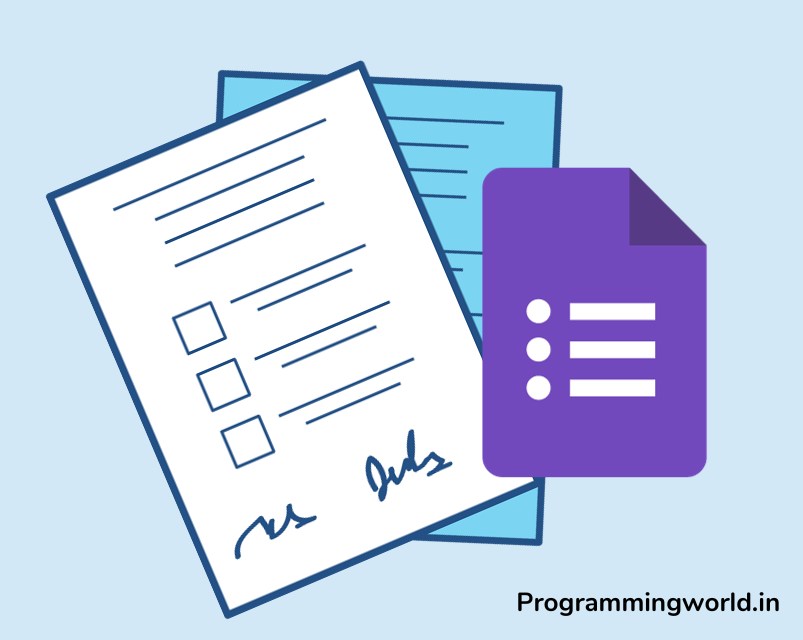A blog on your business website can be a great way to share news, updates, and valuable information with your audience. Not only can it help to attract more traffic to your website, but it can also establish you as an expert in your field and improve your search engine rankings.
WordPress is one of the most popular platforms for blogging and it has so many advantages, that’s why in this step-by-step guide will walk you through creating a blog in WordPress and give some tips for promoting and maintaining your blog like a pro.
Whether you’re a seasoned WordPress user or new to the platform, you’ll find everything you need to get started with a WordPress blog on your Business Website.
Table of Contents
Step 1: Setting up a new page for your blog archive
It’s focused on creating a dedicated page on your website to display your blog posts. It is a crucial step because it helps to organize your blog content and make it easily accessible to your readers.
To set up a new page for your blog archive, you will need to follow these steps:
- Log in to your account and go to the WordPress Dashboard.
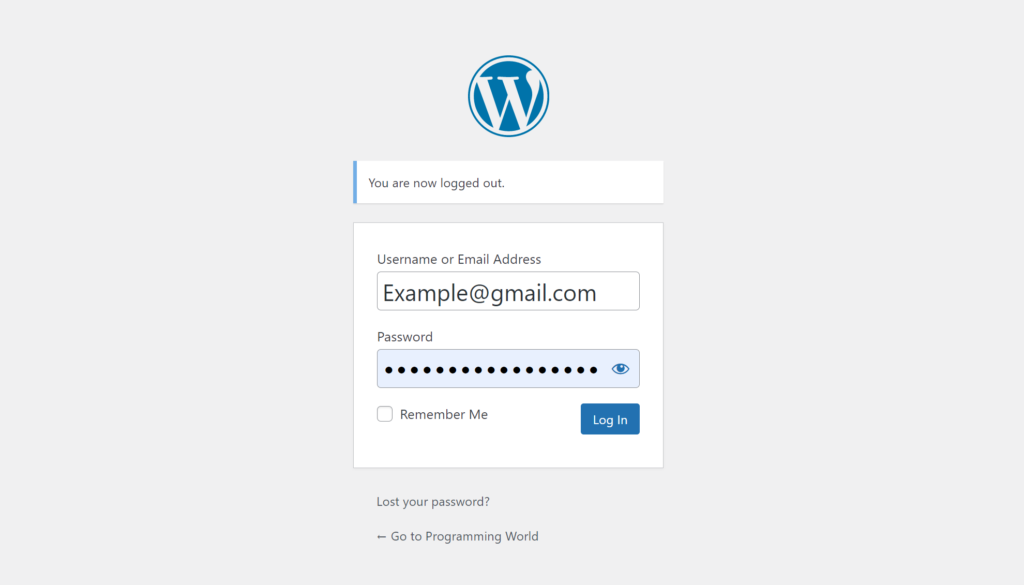
- Click on the “Pages” tab and select “Add New.”
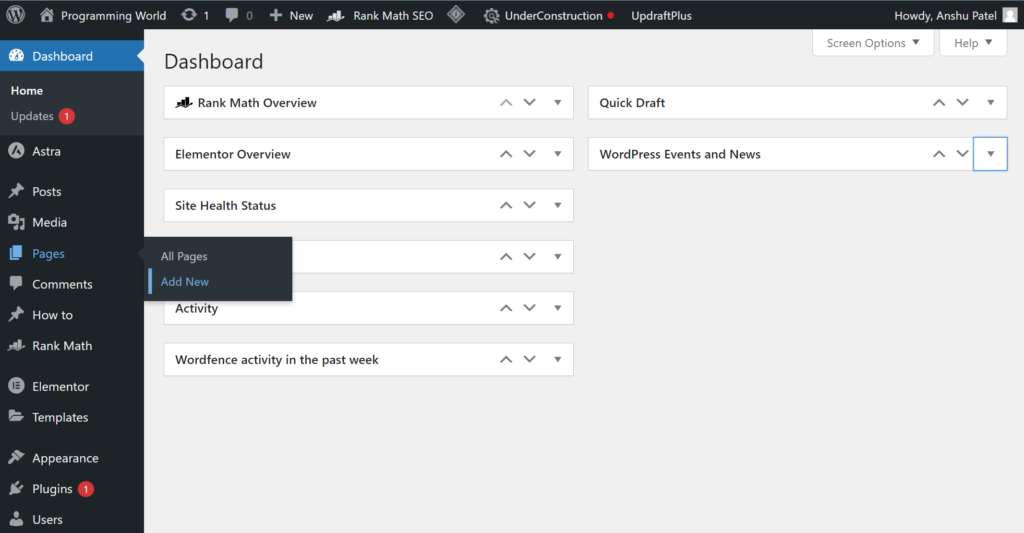
- Title your page “Blog” or something similar, and add any desired content.
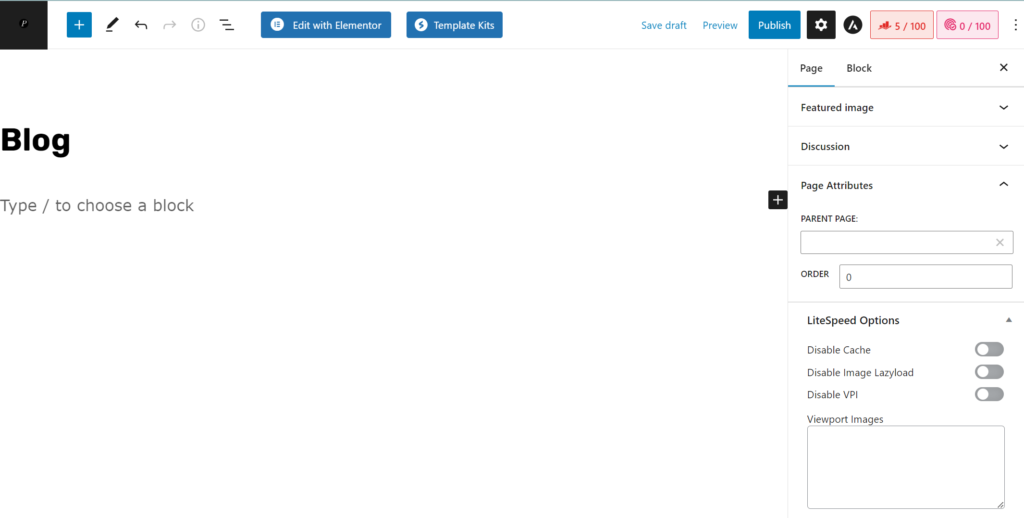
- In the right-hand menu, click on the “Permalink” option and change the URL to “/blog”.
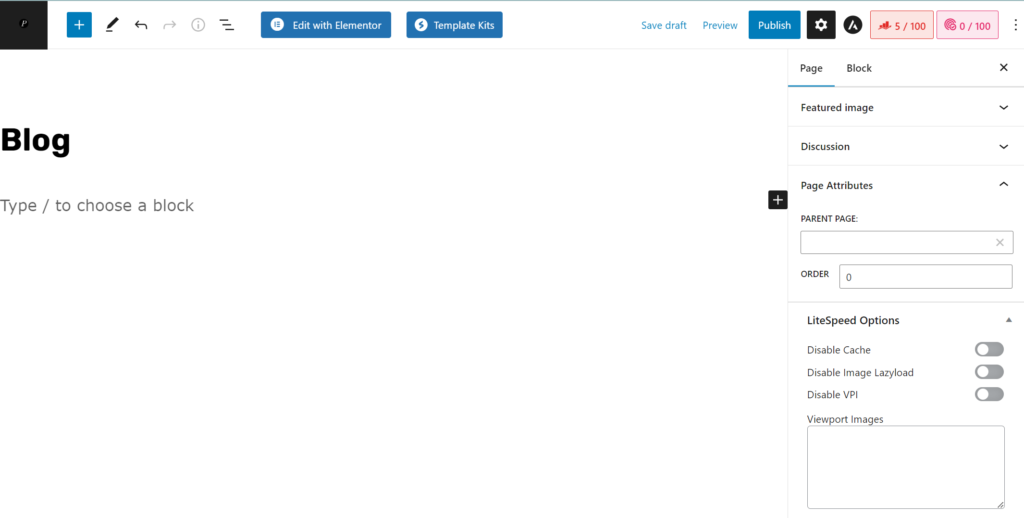
- Publish your page.
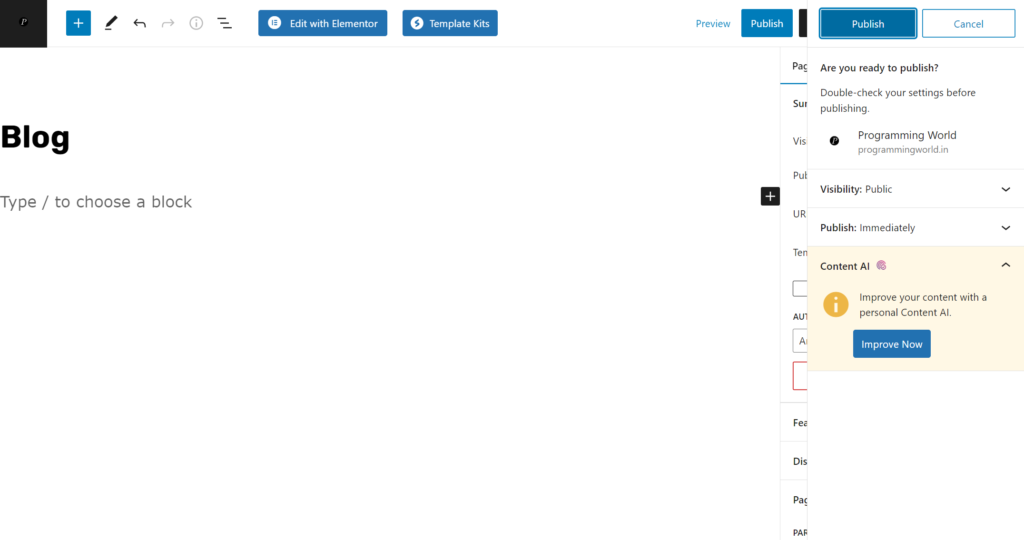
- Go to the “Settings” tab and click on “Reading.”
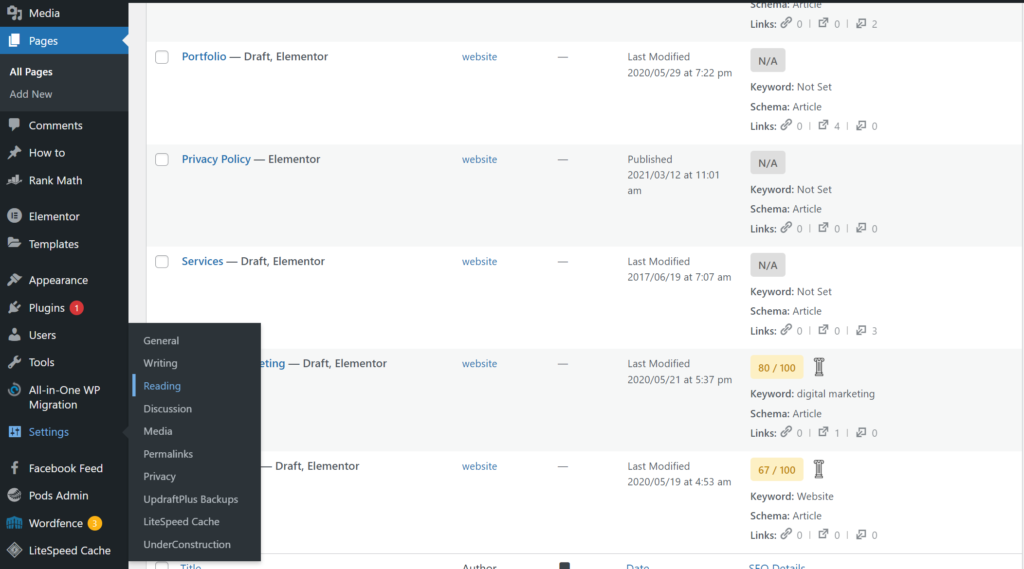
- Under the “Your homepage displays” section, select “A static page” and then choose the “Blog” page you just created as the “Posts page.”
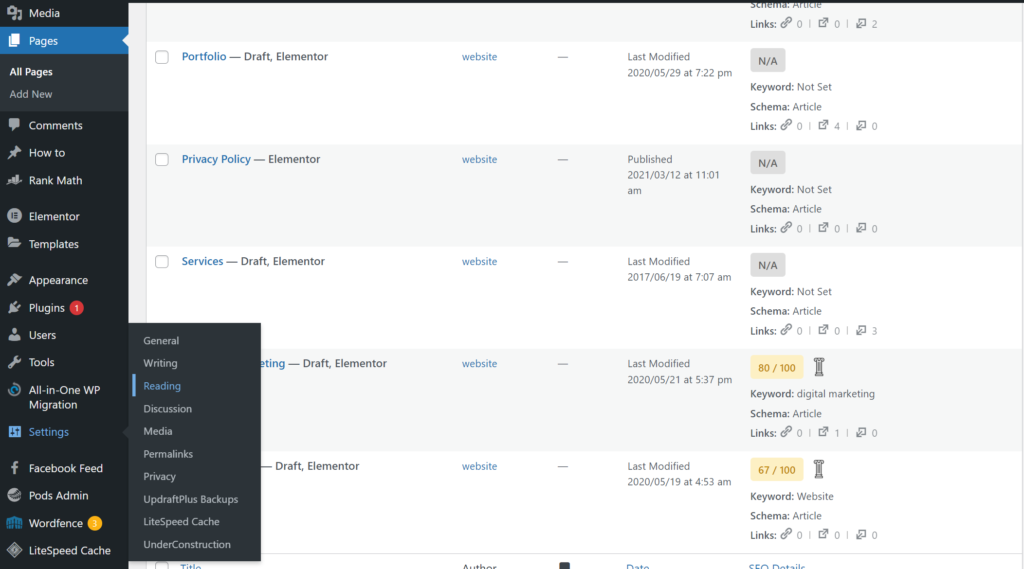
- Save your changes.
It will create a new page on your website that chronologically displays all your blog posts, with the most recent post at the top. Your readers can access your blog by clicking on this page.
Step 2: Customizing your blog archive page
This step is crucial for creating a professional and cohesive look for your business website and improving the user experience for your readers.
Customizing your WordPress blog archive page is vital because it helps establish your brand and create a professional image for your business. It also helps to improve the user experience for your readers by making it easy for them to navigate and find the content they’re interested in.
Also, configuring your blog’s settings can help optimize your blog for search engines, improving your rankings and driving more traffic to your website. By taking the time to customize and configure your blog, you can create a valuable and effective platform for sharing your content and engaging with your audience.
To customize your blog archive page, you can follow these steps:
- Go to the “Appearance” tab and select “Customize.” It will open the WordPress Theme customization tool.
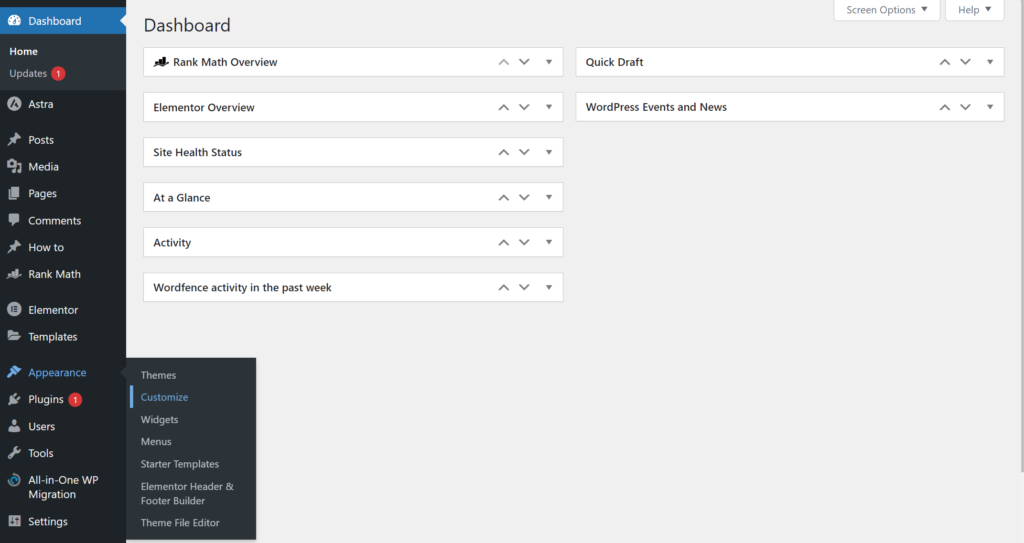
- From here, you can make changes to the layout and design of your blog archive page by adjusting various options such as colours, fonts, and widgets.
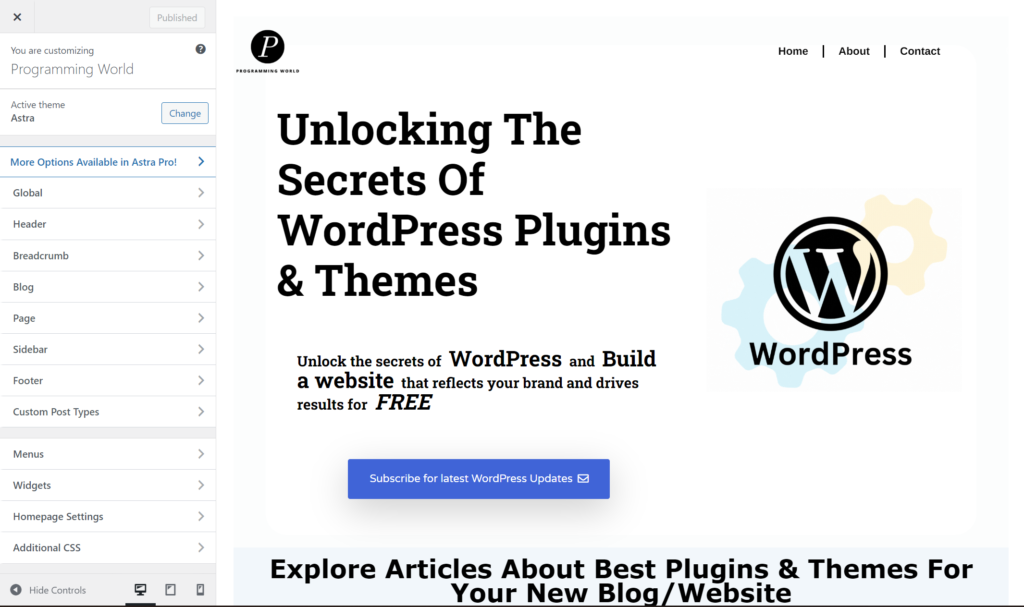
- You can also configure your blog’s settings by going to the “Settings” tab and clicking on “Reading.” Here, you can choose how many posts to display on the page, whether to show full posts or just excerpts, and whether to include comments and trackbacks.
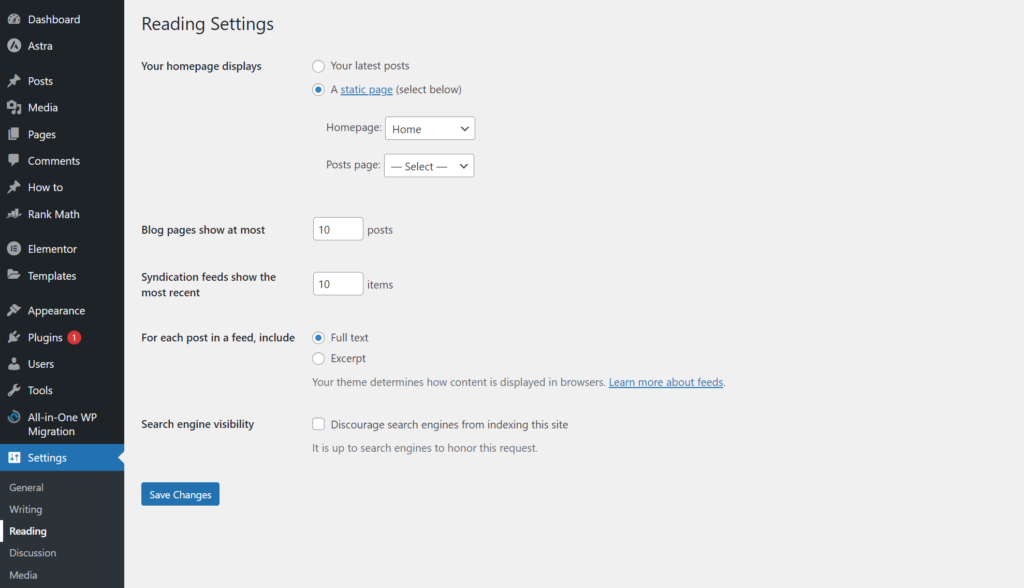
- Under the “Permalinks” tab, you can choose the URL structure for your blog posts. The “Post name” option is recommended, making your URLs more user-friendly and SEO-friendly.
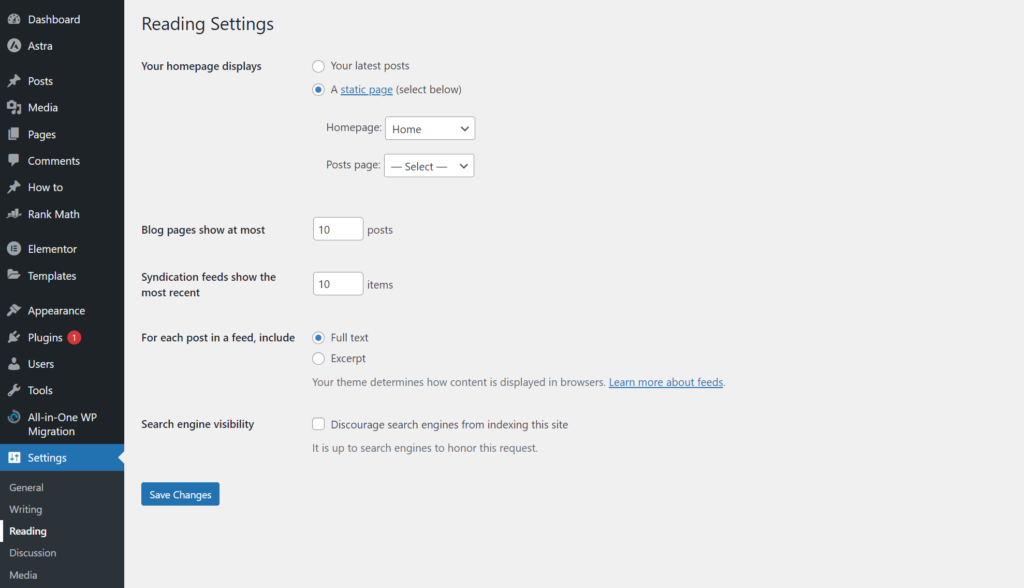
- You can also set up an author profile by going to the “Users” tab and clicking on “Your Profile.” Here, you can enter information about yourself and upload a profile picture.
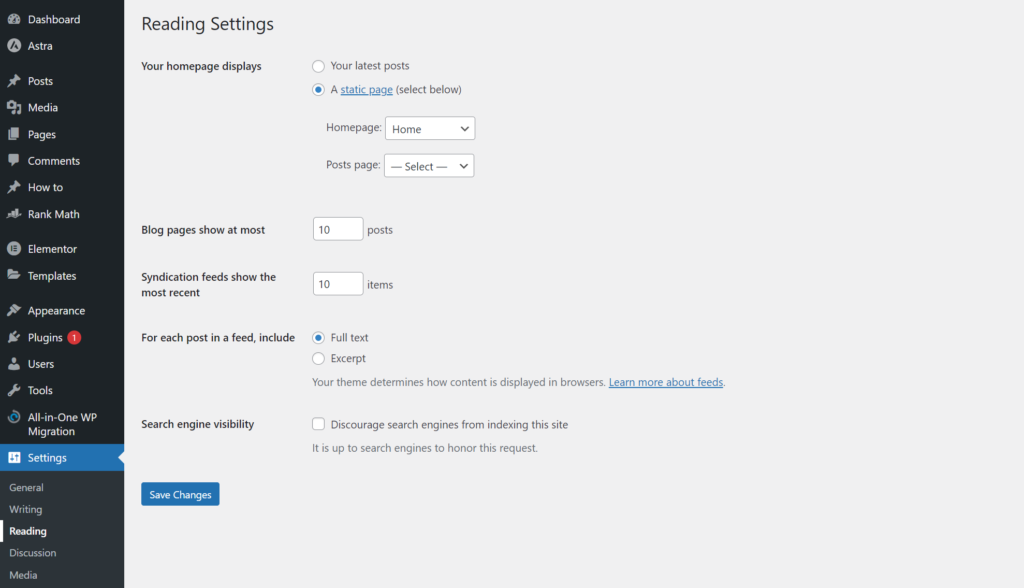
- Finally, you can optimize your blog for search engines by installing an SEO plugin and filling out the required fields. It will help your blog posts rank higher in search results.
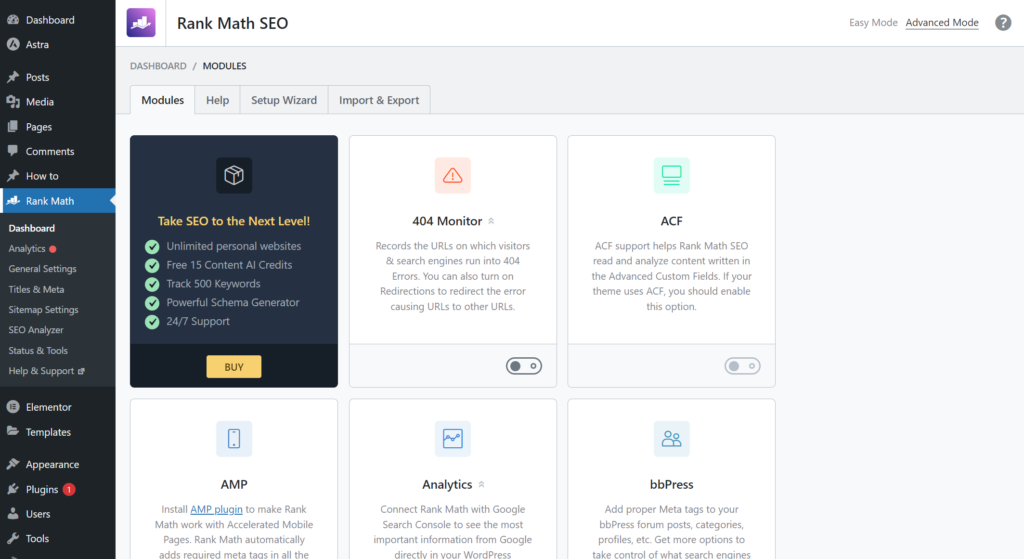
By customizing your blog archive page, you can ensure that it matches your WordPress site’s overall design and theme. You can also configure various settings to control how your blog content is displayed and accessed.
Also Read: 7 Pages That Every WordPress Blog Must Have
Step 3: Creating and publishing blog posts
Maintaining and growing your blog is essential, as it helps keep your readers engaged and attract new visitors to your website.
To create and publish blog posts, you can follow these steps:
1: Planning and organizing your new blog content
Before you start writing, it’s a good idea to plan out your blog content and organize it into a schedule. It will help you stay focused and ensure that you’re consistently publishing new content. You can use tools like a content calendar or spreadsheet to plan your blog posts and keep track of their progress.
2: Writing and formatting your blog posts
Once you have a clear idea of what to write about, you can start drafting your blog post. Be sure to use clear and concise language, and consider adding headings and subheadings to break up your content and make it easier to read. You can also use formatting options like bold, italic, and lists to highlight important points and make your post more visually appealing.
3: Adding images and media to your posts
Adding images and other media to your blog posts can make them more engaging and visually appealing. You can upload images directly to your blog post or use a tool like Canva to create custom graphics. Be sure to optimize your images for the web by compressing them and using appropriate file names.
4: Scheduling and publishing your posts
When you’re happy with your blog post, you can schedule it to be published at a specific date and time or publish it immediately. To do this, go to the “Posts” tab and click “Add New.” You can enter your post title, content, and other details from here and then use the “Publish” button to make your post live on your WordPress website.
By following these steps, you can create and publish engaging and informative blog posts that will attract and retain your audience.
Step 4: Promoting and growing your blog
It is a crucial step in maintaining and expanding your blog’s reach, as it helps to drive traffic and engagement to your website.
To promote and grow your blog, you can follow these steps:
1: Using social media and email marketing to promote your blog:
Social media and email marketing effectively promote your blog and reach a larger audience. You can share links to your blog posts on your social media profiles and use email marketing tools to send newsletters and updates to your email subscribers. Use catchy headlines and engaging images to grab your readers’ attention.
2: Engaging with readers and building a community around your blog:
One of the key benefits of having a blog is engaging with your readers and building a community around your content. Encourage your readers to leave comments and participate in discussions, and make an effort to respond to their feedback. You can also use social media and other online platforms to connect with your readers and create a sense of community.
3: Analyzing and optimizing your blog’s performance with tools like Google Analytics:
Tracking and analyzing your blog’s performance is crucial to get the most out of your blog. You can use tools like Google Analytics to see how many people visit your blog, where they’re coming from, and which posts are the most popular. This information can help you optimize your blog’s content and marketing strategy to reach better and engage your audience.
Promoting and growing your blog can attract more readers and build a loyal following around your content.
Conclusion
Congratulations on completing our tutorial on creating a blog on your WordPress business website! By following the steps outlined in this guide, you should now have a fully functional and professional-looking blog that you can use to share updates, news, and valuable information with your audience.
In summary, the steps for creating a blog on your WordPress business website are as follows:
- Setting up your blog by choosing a theme and customizing the layout and design.
- Adding content to your blog by creating new posts, adding text and media, and previewing and publishing your content.
- Promoting your blog by sharing your posts on social media, using keywords and tags, and engaging with your readers.
We hope that this tutorial has been helpful and that you feel confident in creating and maintaining a successful blog for your business. Feel free to experiment with different formats and styles; remember to always focus on providing valuable and exciting content for your readers. With a little effort and creativity, you can create a successful blog that helps grow your business and build a strong online presence.
FAQs
Q1: What is a blog, and why is it essential for a business website?
Ans: A blog is a website’s section for publishing and sharing information, thoughts, and opinions. It is essential for a business website as it helps establish the company as an authority in its industry, attracts more traffic, and can improve search engine ranking.
Q2: What are the best practices for writing a blog post?
Ans: Best practices for writing a blog post include using a clear and engaging title, using subheadings and images, writing in a conversational tone, and making sure the content is valuable and relevant to your target audience.
Q3: How can I promote my blog posts and increase traffic to my blog?
Ans: To promote your blog posts, consider sharing them on social media, emailing your subscribers, and reaching out to other bloggers or websites in your industry and asking them to share the blog from their website and social media channels.
Q4: How do I optimize my blog posts for search engines?
Ans: To optimize your blog posts for search engines, use primary keywords in your post title and semantic keywords around the article, in image file names and alt tags, and meta descriptions. Additionally, ensure to include internal and external links in your blog posts.


